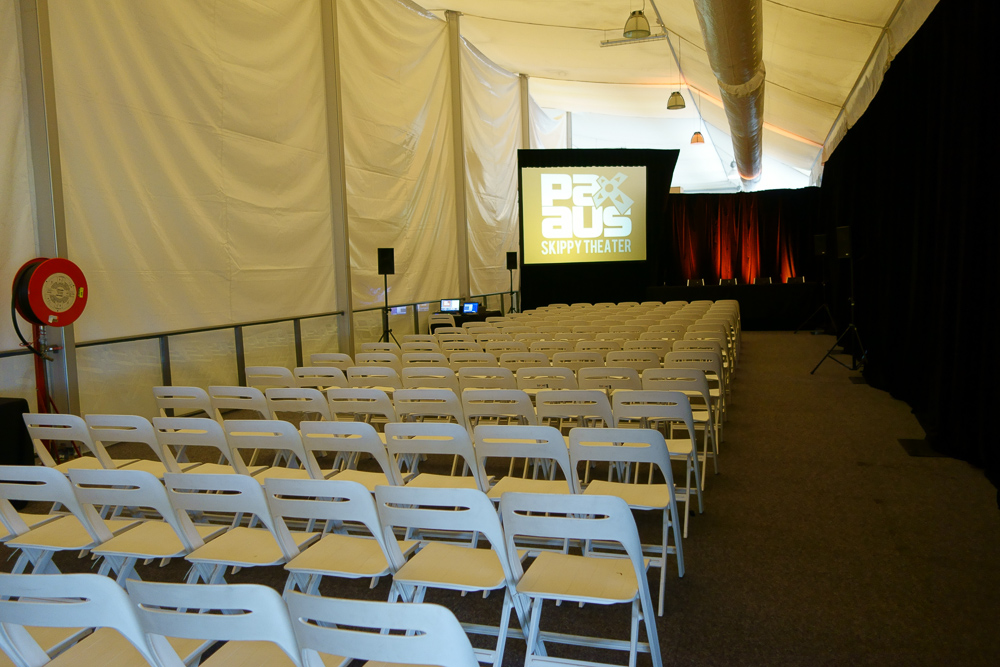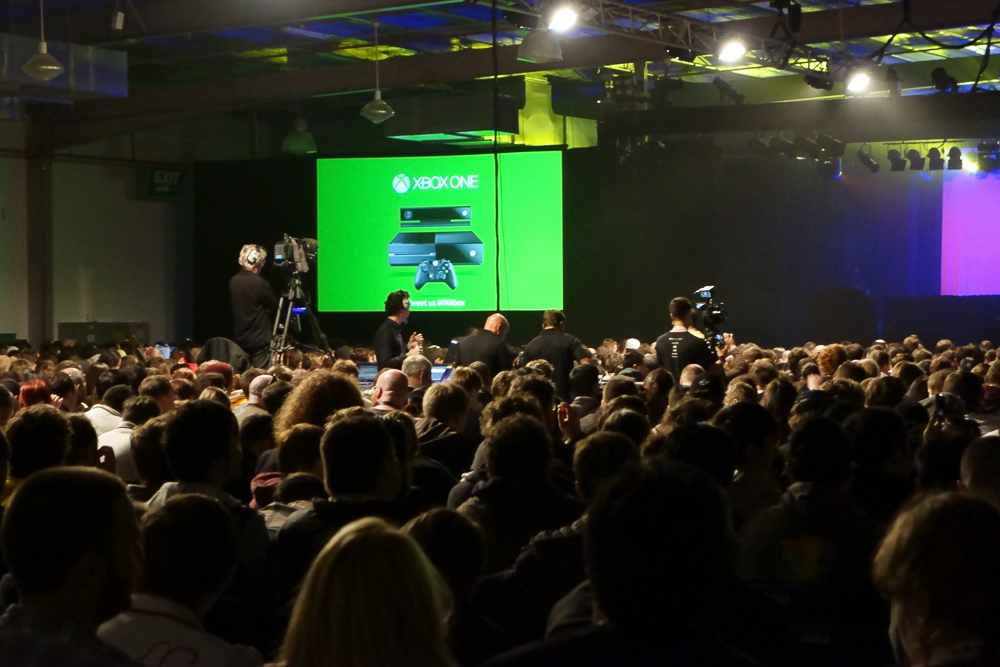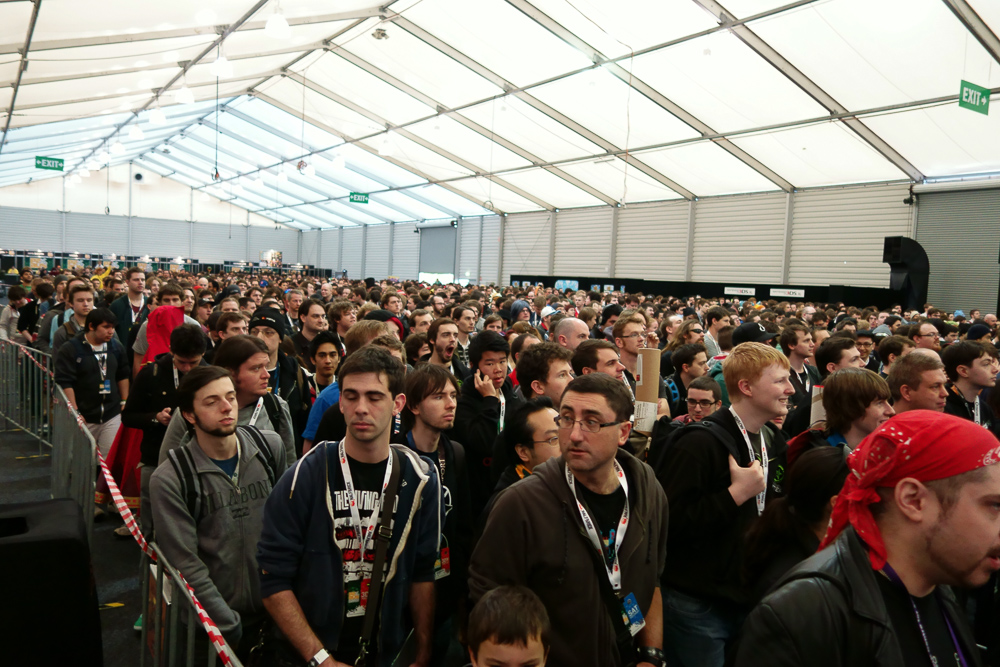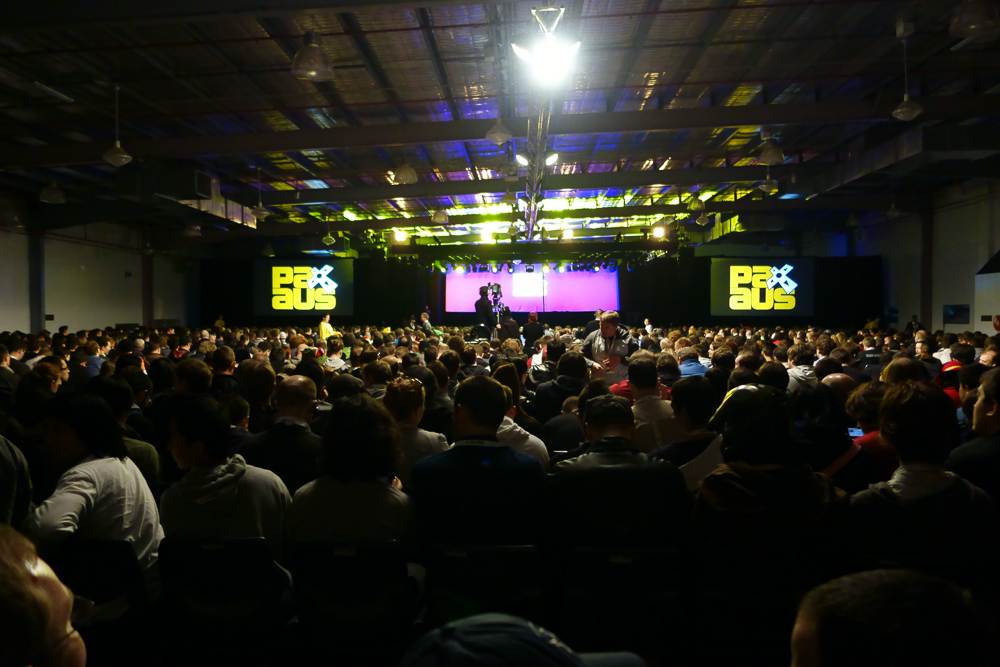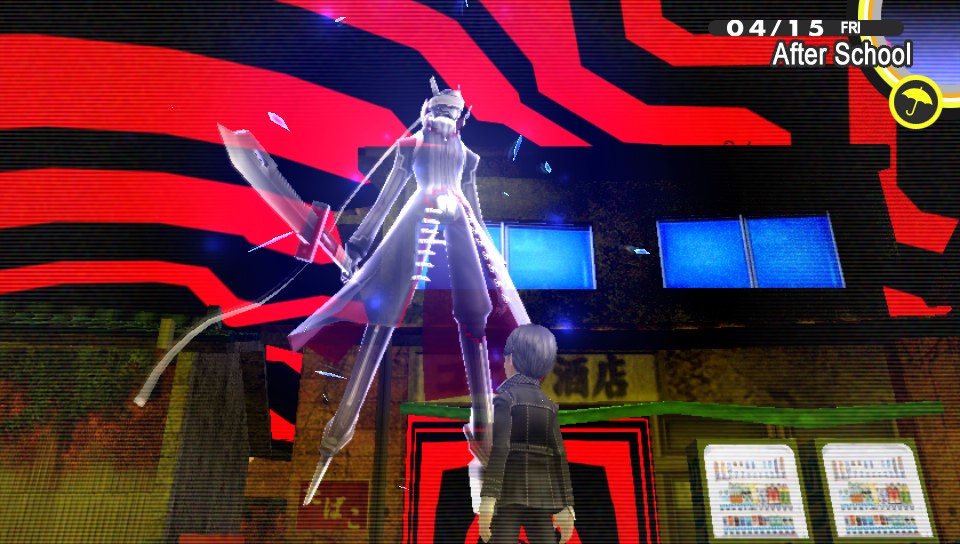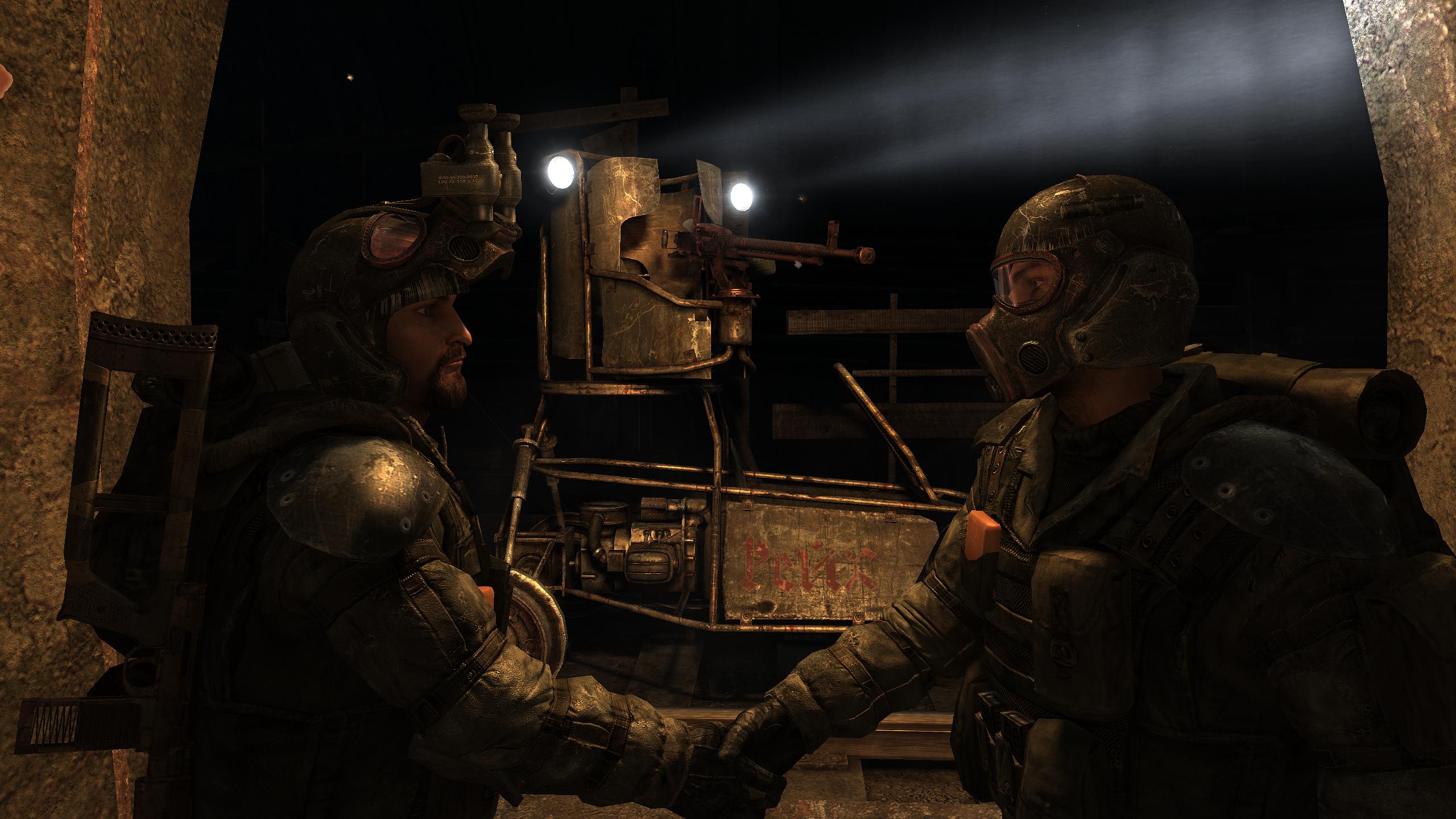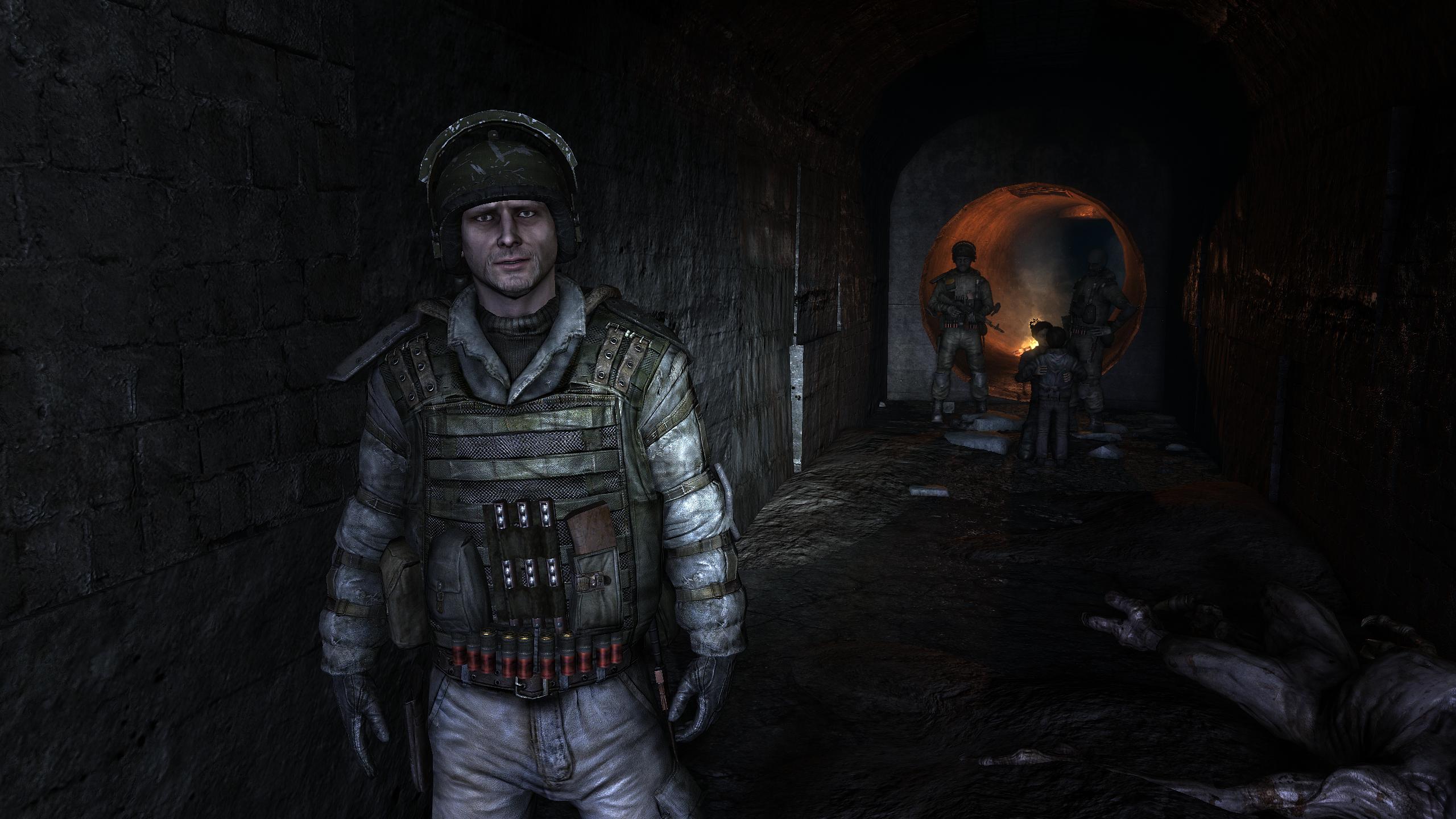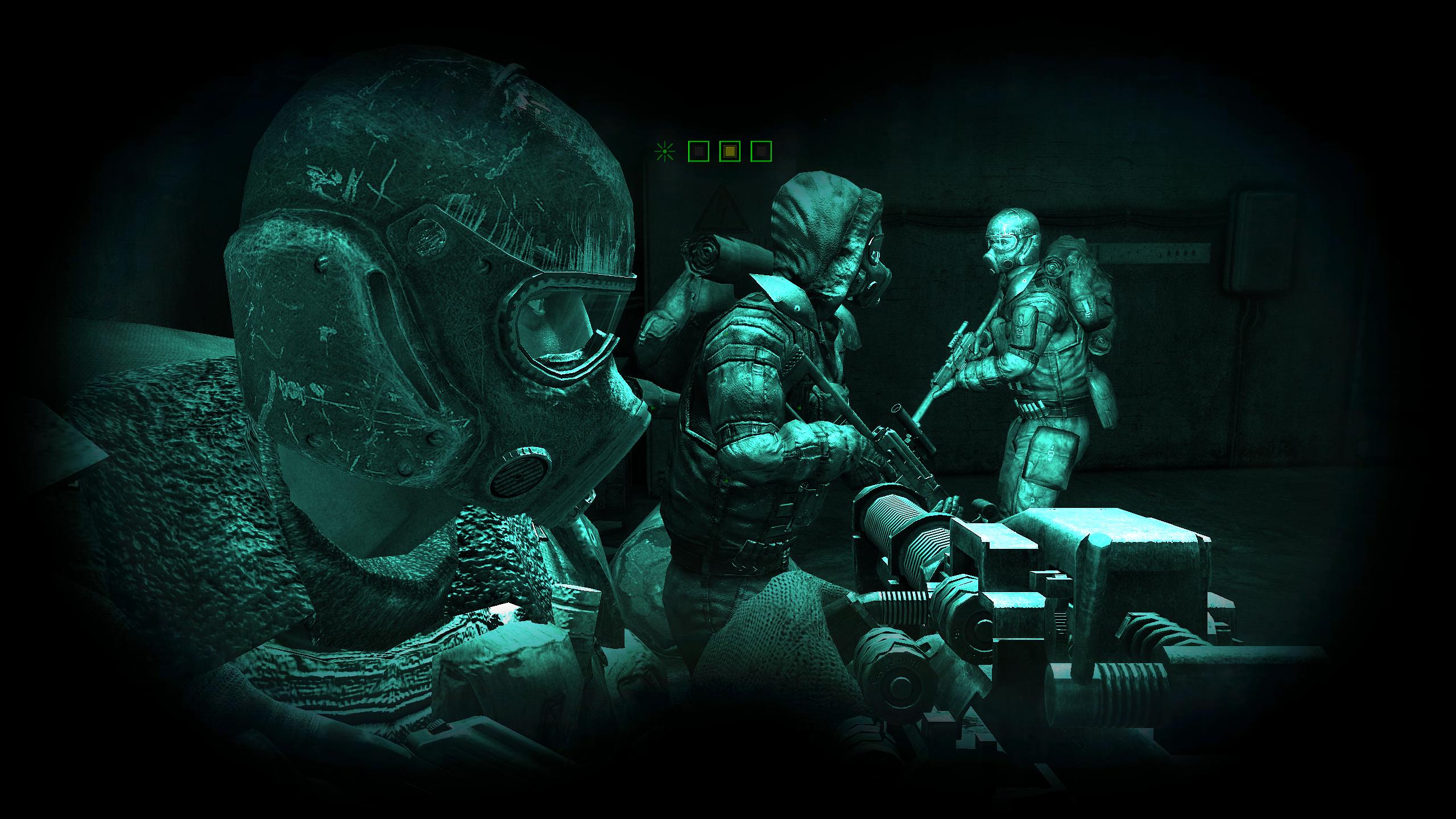“Hmm, where to start?”
Among many others, that was a phrase that I uttered during my time on a panel about gaming on the Mac at PAX Australia. It was in response to a question from a fellow panelist about what kind of games I’m playing on the iPad, but now that I think about it, it’s strangely applicable to whatever I want to say about PAX Australia, too.
I procrastinated writing a thing about PAX Aus over on MacTalk because I couldn’t really make my mind up about what to write about. After I was able to procrastinate no more and did eventually write something, I posted it on Twitter with the comment that it was really hard to write. It was, but only because there were so many different narratives about PAX Aus that deciding on just one was the hard part.
There were a number of different angles I could have covered PAX from, with titles such as “the booth babes controversy”, “welcome home”, “PAX Australia and the rise of indies”, “boycotting PAX and Penny Arcade”, “what do you get when you create content just for the content, not to pay bills”, and last but not least, “out of context quotes from Mike and Jerry”.
As you can see, there were any number of different narratives I could have talked about when writing a retrospective about PAX Aus, but I chose the one I did and ran with that. That being said, there are still a few topics that weren’t discussed to my satisfaction, so I’d like to touch on a few other things which grabbed my attention during my time at PAX Aus, starting with panels.
Panels at PAX Australia were, for the most part, excellent. We’ll get to the queues in a minute, but being able to hear intelligent people talk about intelligent topics was kind of great — it didn’t matter if they were the Lead Writer or Lead Editor from BioWare, or if they were the freelance games journalists, or even just yours truly, hearing people talk about stuff that they had a vested interest in was fantastic.
I had originally planned to see more panels than I did, but thanks to the insane queues I had to reconsider what I really wanted to see and what I was only kind of interested in. On the first day I saw the Gaming on the Mac panel (saw, was a panelist on1, same thing), along with “BioWare Goes Down Under”.
The BioWare panel was interesting as there were more people who were into Dragon Age than I thought there would be, even though fans of Mass Effect still beat them numbers-wise. I think I queued for around 45 minutes for the BioWare panel, and after that, it was straight into the Xbox One keynote in the massive main theatre. The atmosphere of the Xbox One presentation was particularly great – heaps of people all hyped for a next-gen console, live Kinect demos, and even though I posted snarky comments on Twitter throughout the whole thing, it was still worth seeing the Xbox One in Australia for the first time.
On the second day I kicked things off with the Make a Strip panel, where Mike and Jerry (Gabe and Tycho) were on-stage making a strip live and in colour. It was pretty great seeing the whole thing come together like it did, and there was a great Q&A session after which saw Mike and Jerry eat a Vegemite sandwich with all the results you might expect (you kind of had to be there, I guess). I had planned to see the Good Game panel, but because it was in one of the satellite theatres, it kind of meant the queue was already full 90 minutes before their presentation was even scheduled to start. Kind of bummed I missed out on that, but I still finished off the day with a panel from Australia’s largest games dev studio, the Firemonkeys (Real Racing, Flight Control, that kind of thing). It was eye-opening to see them talk a little about their relationship with EA, the games publishing giant that people often blame for the worse decisions relating to their titles (as discussed in the panel). I wanted to ask them about Real Racing 3 and in-app purchases, but didn’t really want to seem like “that guy”.
The final day came along and by now queues and I were old friends, which was good, because I ended up doing so for an hour for the “are videogame reviews failing to change with the times” panel, which featured editors and reviewers from a few big-names — PC PowerPlay, Hyper, and others. Writing game reviews is something I’m tangentially interested in, so I thought it was going to be an interesting panel. Sadly, while some interesting topics and points of view were brought up, I walked away feeling disappointed — towards the end the panel degenerated into a “I’m right, you’re wrong” argument between people asking questions and the panelists, and failed to address some of the bigger issues surrounding video game reviews.
It was during that last panel that they brought up the topic of not wanting to attach a numerical score to reviews. They held up the shield of “but our readers want it”, and I guess that’s the response you give when you live and die by your readership, but I would have liked to have seen the debate if they approached the subject from the angle of “if we care about our readers (which we do), then how does removing scores make for better reviews?”
Also on the list of bullets dodged by the panelists: “where do written video game reviews stand in the context of “Let’s Play”s on YouTube?” And since all of the panelists were in print media, “how does print media fare in the increasingly online age, where people expect videos of actual gameplay, not just words deconstructing the game mechanics?”
After the controversy of the videogame reviews panel, it was nice to end PAX with something a little lighter, namely the final round of the Omegathon (giant Jenga!) and the short and sweet closing ceremony that ended rather abruptly with Mike and Jerry dropping the mics and walking off stage.
I dislike calling out panels that didn’t answer the tough questions because I know my own panel wasn’t perfect in this regard either — we missed a few topics I would have liked to cover a little more, such as the rise of indie development, Kickstarter, and how those have affected gaming on the Mac, but at the end of the day, all the preparation in the world might not have satisfied those who were in attendance. Either way, this being the first PAX Aus and all, I’m sure panels will get better — bigger venues, shorter queues, and even more intelligent discussion.
There’s a few other topics I want to talk about (gaming culture, the whole Penny Arcade aspect of things, etc), but those might have to wait for another time.
-
There’s a recording of our panel available over at Reckoner, if you’re interested in having a listen.

